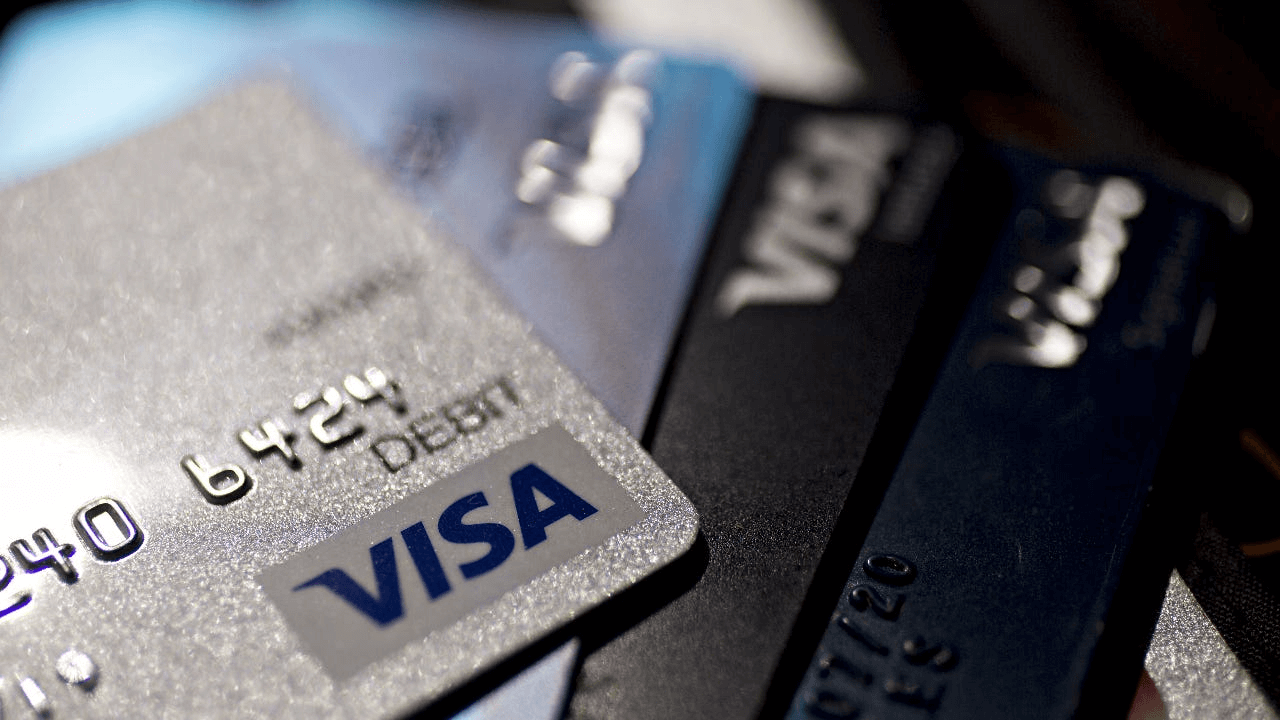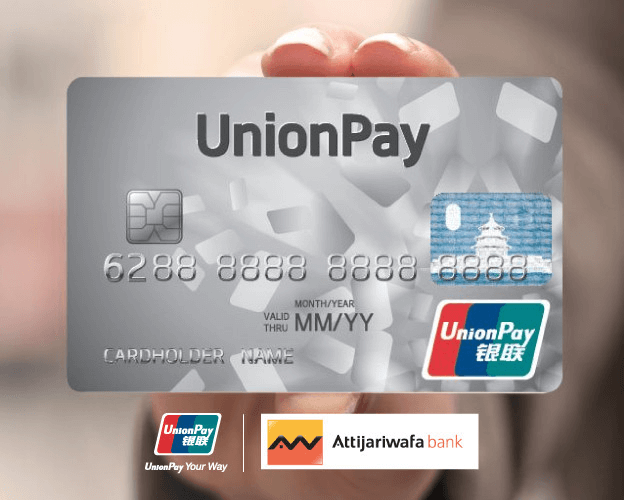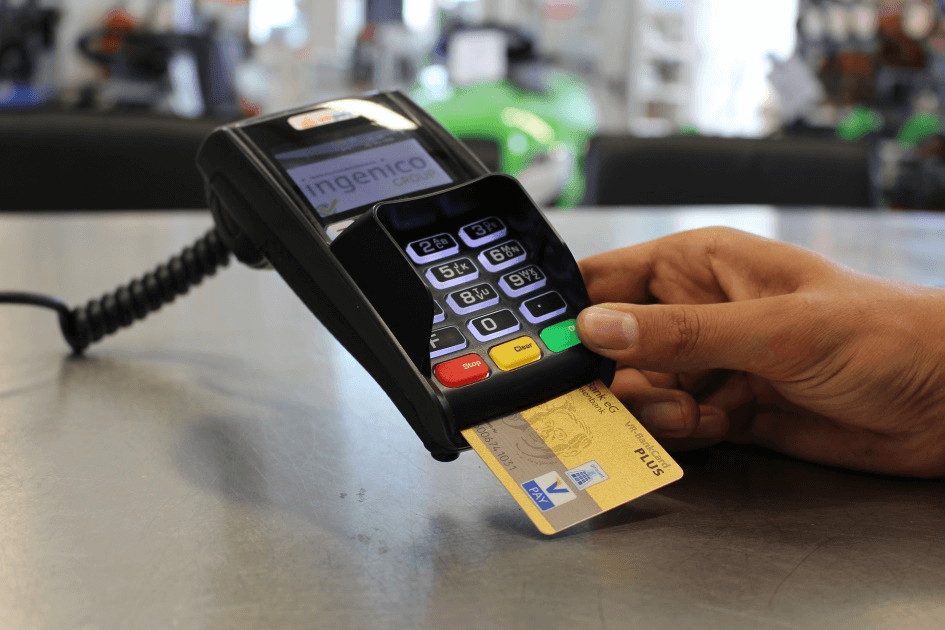Visa cards and UnionPay cards are both types of bank cards, but there are certain differences between the two, which cardholders should pay attention. So what are the differences between Visa cards and UnionPay cards?

1. Different regions
Visa is a card organization in the United States, and UnionPay is an organization in China.
2. The images are different
Visa cards are marked with VISA, and UnionPay cards are marked with UnionPay. That is the most obvious difference the two.

3. Different consumption uses
Visa is suitable for consumption abroad, and UnionPay is suitable for domestic consumption. Therefore, for the group of people like overseas students and international travellers, the visa card is their best choice.
4. Different using scope
Compared with UnionPay cards, Visa cards can be used in a wider range. The former one can be used in China anywhere, but if you get to foreign countries, you can only use UnionPay cards on the specific POS machines and ATMs with UnionPay logos. Otherwise, your UnionPay cards are useless. In the contrary, Visa cards can be used in most countries in the world.
5. Fees are not the same
In countries and regions where UnionPay is enabled, swiping the card directly through the UnionPay channel does not require foreign currency handling fees. If you use the visa channel, you need to charge a foreign currency handling fee of about 1%.

6. The card numbers are different
The bank cards starting with "4" belong to VISA card organization, and those starting with "62", "60", and "9" belong to China UnionPay.
7. Different settlement channels
Visa credit card settlement goes through the visa card organization channel, and UnionPay credit card settlement goes through the UnionPay channel.
8. Different currencies are used
The currency of the Visa card is usually foreign currency, while the UnionPay card is only used with RMB.
However, now in order to meet the needs of international users, major banks have launched UnionPay + Visa dual currency cards. With such a card, you can use UnionPay channels in China and Visa channels in foreign countries, which is much more convenient for users.






